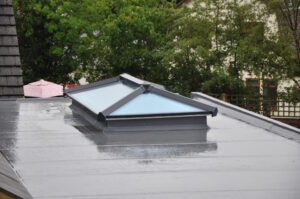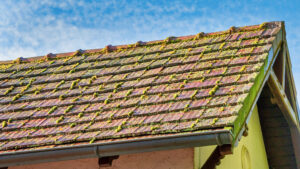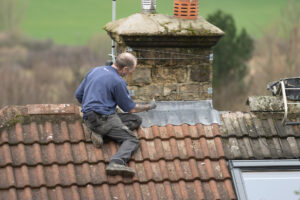As a homeowner, you know the importance of a house with good insulation. It keeps you cool in the summer, warm in the winter, and saves you money on your energy bill all year round. With the price of natural gas, propane, and home heating oil keeps rising, reducing energy consumption is more crucial than ever. Whether building or repairing an attic or attic roof, consider the relationship between insulation, structure, and roofing in order to find the best solution for your home.
A poorly insulated attic floor will allow hot air from below to enter the attic, resulting in chilly rooms during the winter and costing you money. While in the summer, poor attic insulation can result in stiflingly hot rooms below, placing excessive strain on your air conditioner and consuming more electricity. But how can you measure the optimum level of insulation for your attic? Here, we will go over all the information you require regarding the measures to ensure proper attic insulation, its benefits, and other essential points.
How Much Insulation Does Your Attic Needs?
The amount of insulation you require is determined by various factors, including your local climate, the size of your home, and the type of insulation you select. The most common insulation measurement is R-value, which evaluates the insulation’s ability to resist heat. The higher the R-value, the better the insulation.
For most homes, the Department of Energy recommends an R-value of at least R-38, corresponding to at least 12 inches of fibreglass batt insulation or 10 inches of blown-in insulation. In colder environments, an R-value of up to R-60 may be required.
Benefits Of Proper Attic Insulation
For homeowners, proper attic insulation has a number of advantages. Insulation can assist lower noise levels, prevent moisture buildup, and enhance indoor air quality, lowering energy costs and enhancing comfort. Additionally, good insulation can aid in raising the value of your home should you decide to sell it.
Different Types Of Attic Insulation
Attic insulation comes in various forms, including blown-in, batt, and spray foam insulation.
- Blown-in insulation – It is composed of loose fibres blown into the attic with specialized equipment. This insulation is appropriate for attics with uneven shapes or in difficult-to-reach regions.
- Batt insulation – This type of insulation comprises long strips of fibreglass or other materials in the attic between the joists. This type of insulation is simple to install and works well in attics of common forms and sizes.
- Spray foam insulation – It is a more recent type of insulation that is applied as a liquid and then expands to cover the area. This insulation is good for avoiding moisture buildup and sealing air leaks.
Tips To Consider To Ensure Proper Attic Insulation
Now we all know that a properly insulated attic will cut down on energy use, slash utility costs, and increase the comfort of your house all year round. However, the insulation must be appropriately placed to achieve these savings and advantages completely. Here are some expert measures for attic insulation:
Cover Up All Ceiling Leaks
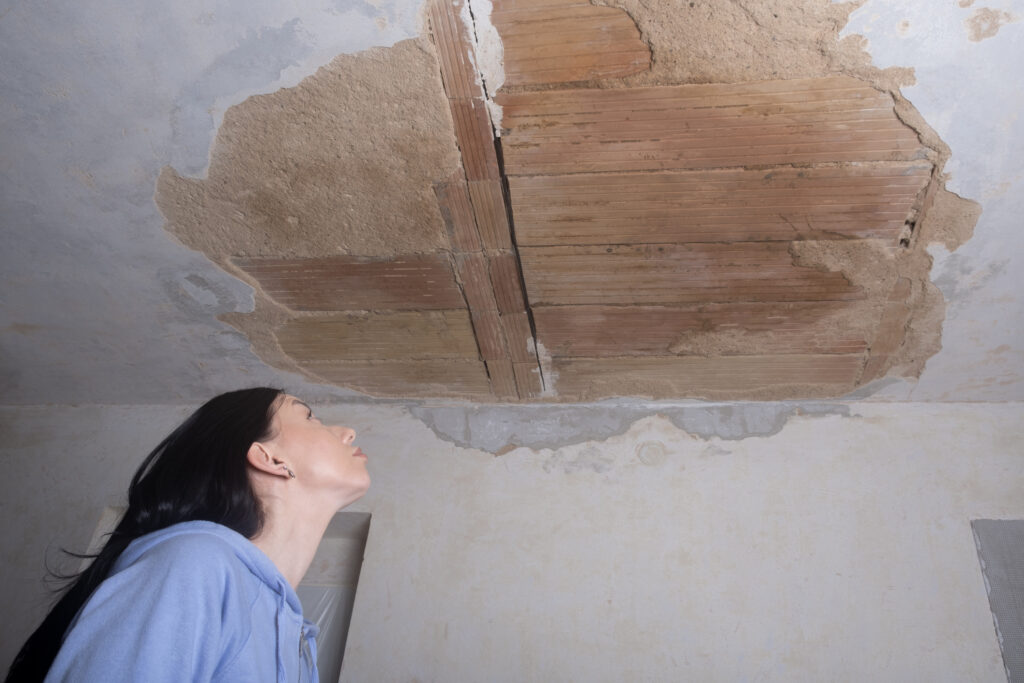
Take a thorough look at the attic floor before installing new insulation; you’ll probably notice lots of holes where wires, pipes, hoses, vents, and other mechanical parts protrude into the attic. Warm air can infiltrate the attic through the small spaces surrounding these penetrations. Avoid this by using fireproof caulk, also known as fire stop or fire barrier, to fill in any gaps. Regular caulk is not fire-code compliant, so do not use it to seal these penetrations.
Fill All Voids
Leaving gaps and cracks between and around the insulation in attics is the most common attic insulation mistake. If the spaces between the joists are not entirely filled, insulation cannot accomplish its function. Warm air from the home can seep into the attic through even the smallest and seemingly minor cracks. This causes your furnace to work harder, which could ultimately shorten its lifespan and waste energy. Therefore, make sure to cut and fit the insulation to fill every gap, but avoid shoving it into cracks. Insulation is less effective when compressed. Additionally, while putting insulation batts or rolls, make sure to butt them tightly together and lay them perpendicular to the ceiling joists. If laid across the joists, the insulation will be completely covered, with no gaps.
Beware of Vents
The attic of most houses has vents that let in fresh air and let it out. The continuous airflow assists in removing moisture and condensation and hinders mold and mildew development. Typically, attic vents are mounted in the soffit, along the bottom of the eave, the ridge at the top of the roof, or on the ends of gables. Avoid covering the vents with insulation when insulating an attic, as this will prevent ventilation and result in various issues. When utilizing loose-fill insulation, exercise extra caution because it is simple for vents to be unintentionally blown or pushed over.
Look for Recessed Lights
If conventional recessed light fixtures are in the ceiling below the attic, avoid laying insulation on top of them. These lights generate a generous amount of heat, which could ignite the insulation and start a fire. All insulation should be kept at least 3 inches from recessed light fixtures. Please take note that this caution only applies to conventional Non-IC recessed fixtures.
Compressing the Insulation
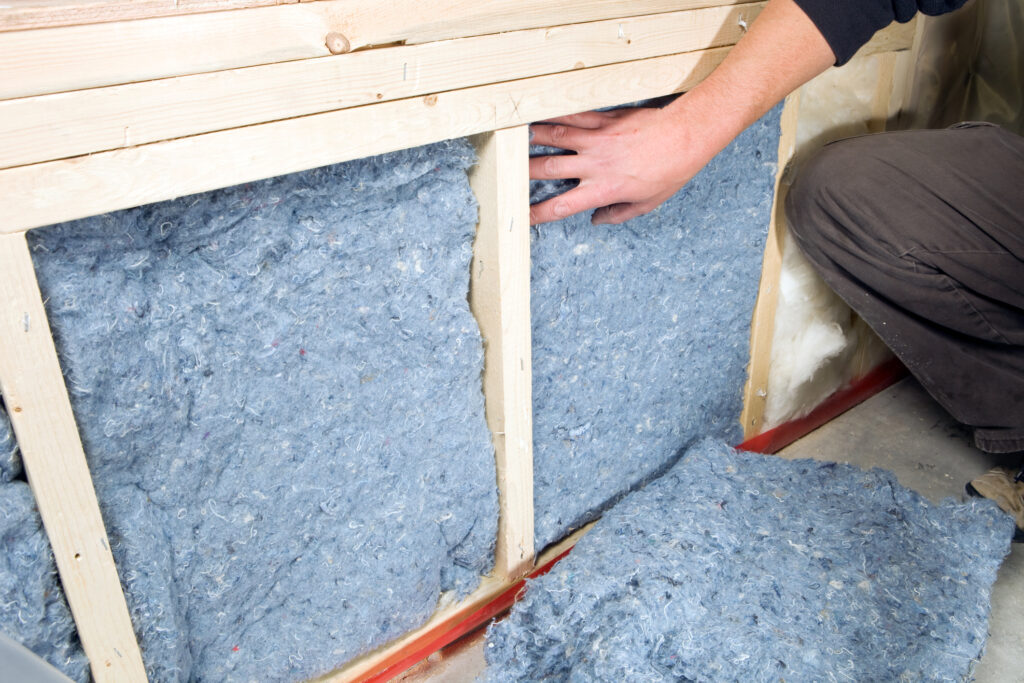
As it might seem logical, given that you’re attempting to keep out cold air, another typical DIY error is tightly packing insulation into place. The exact opposite is true because the insulation is often soft and fluffy, loaded with air, which helps insulate. When insulation is compacted too firmly, the air is driven out, and the insulation loses a significant amount of its insulating value. So, while adding insulation in your attic, avoid stuffing it in too tightly.
Hire The Reliable Attic Insulation Contractor In Houston
Your home must have adequate attic insulation to remain cosy and energy-efficient. Consider WABO Roofing as your reliable attic insulation contractor. WABO Roofing provides dependable heating installations in Houston. Their skilled professionals ensure every project is completed with competent people and use cutting-edge technology.


